What and how to feed pepper?
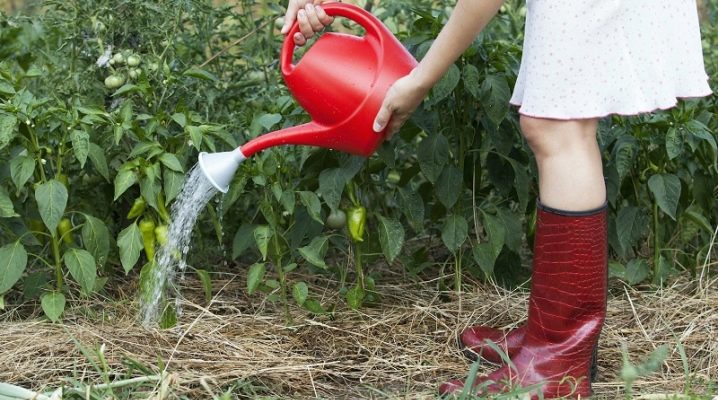
Bell peppers grow well both in greenhouses and outdoors. For good fruiting, he needs a large amount of nutrients. It is necessary to introduce them into the soil in a timely manner, focusing on the needs of the plants.
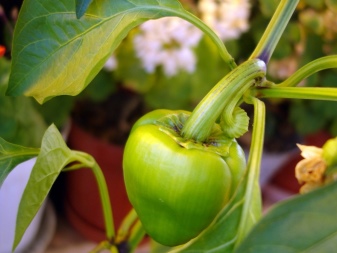
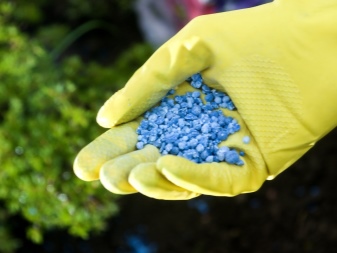
Timing
The timing of top dressing largely depends on the characteristics of the soil. If it is fertile, it will need to be fertilized much less frequently. Poor soil will need to be fed more frequently. On average, peppers are fed 5-6 times per season.
- The first feeding occurs immediately after the young seedlings are planted in a greenhouse or greenhouse. Fertilizers are applied after a full-fledged third leaf appears on the shoots. At this stage, fertilizing with phosphorus and nitrogen is used. In this way, both sweet and hot peppers are fed.
- The second feeding is carried out 10-12 days after the first... If the plants dive, fertilizers are applied to the soil only a week after this procedure.
- For the third time, the plants are usually fed with a combination of organic and mineral fertilizers.... This happens a week after transplanting young plants into open ground.
- For the fourth time, fertilizers are applied to the soil after another two weeks. This helps plants adapt to new conditions faster. At this stage, it is worth using fertilizing with magnesium and nitrogen.
- During the fifth top dressing, nitrogen and potassium are added to the soil. These products are applied to the soil before or during flowering. They are useful for fruit setting.
- The last time the plants are usually fed during the budding period. Top dressing during fruiting allows you to increase the amount of harvest.
In the future, it is no longer necessary to feed the plants. The use of dressings can lead to a deterioration in the taste of the harvested fruits. As a rule, plants are fed during this period only if they look bad or are attacked by pests.
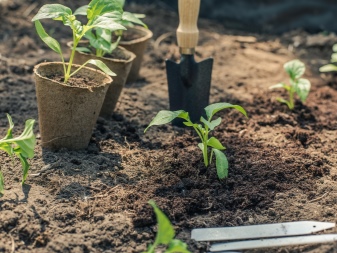

Signs of a lack of substances
It is possible to determine that plants lack some useful substances by their appearance.
- Nitrogen... If the plant lacks nitrogen, its foliage usually becomes pale. Over time, the leaves begin to turn yellow, and then completely fall off. If small peppers appear on such bushes, this is also a sign of a lack of nitrogen.
- Phosphorus... If adult plants grow quickly, but ovaries do not form on the bushes, then they do not have enough phosphorus. Due to the lack of this element, the leaves also turn purple or blue.
- Potassium... If the peppers do not have enough potassium, a yellow border appears on the foliage. The fruits themselves are also uneven in color.
- Calcium... The lack of this element is evidenced by the grayish color of the foliage. Over time, she also begins to fall off. If the soil on the site is poor, it can be fed with chalk in advance. In this case, the plant will develop more actively. Therefore, it does not have to be additionally fed with special means.
- Boron... With a lack of boron, the foliage begins to curl. The plant itself also grows more slowly in height. The fruits of the peppers that appear on the beds quickly fall off, not having time to ripen.
To notice these signs of a shortage of useful elements, it is enough to simply inspect the site in a timely manner.
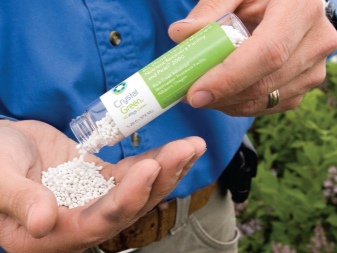
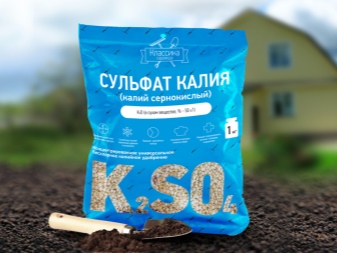
Top dressing methods
There are two main ways to apply fertilizer to the soil. Most often, plants are fed at the root.... Thus, both dry substances and liquid solutions can be introduced into the soil.This method is suitable for feeding both seedlings and adult plants. It is best to feed plants in this way after watering or rain. So all the necessary substances will be absorbed into the soil faster.
Foliar dressing involves spraying plants on the leaf. Peppers are usually processed with a spray bottle. Foliar dressing is suitable for fertilizing bushes during a period of active growth and development. Products introduced in this way are absorbed very quickly. You can process pepper on a leaf either early in the morning or late in the evening.


Professional remedies
There are many modern professional products used to feed peppers.
Mineral
Most often, the following mineral fertilizers are used to feed young plants at home.
- Urea... It is one of the most popular nitrogen fertilizers. The product is used to treat plants that need to actively grow green foliage. As a rule, the bushes are fed with urea in the first month of their active development.
- Superphosphate... When choosing phosphoric peppers, you should pay attention to this particular product. It helps to strengthen the plant's root system. Phosphorus fertilizer is well absorbed by peppers.
- Potassium sulfate. This potash fertilizer can be used to spray plants when peppers are blooming or ovaries are forming. At the same time, the beds can be sprayed with potassium humate, potassium nitrate, or monopotassium phosphate can be added to the soil.
- Azofoska... This product can be used at any time of the year. As a rule, they are fed peppers during the flowering period of the bushes. For watering plants, 30 grams of the product is diluted in 10 liters of water. The proportions should be observed so as not to overfeed the bushes.
There are also complex products for processing plants. One of the good options is Fitosporin. It helps not only to strengthen plants, but also to protect them from fungal diseases, for example, from phytophthora.

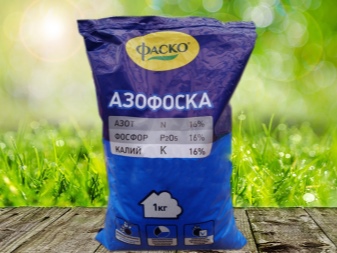
Organic
In addition to mineral fertilizers, there are also organic fertilizers on sale that can be used to accelerate the growth of peppers both in the greenhouse and in the open field. Purchased products are allowed to be replaced with homemade organics. You can use peat and rotted compost to feed the peppers. At the same time, the first product has the ability to fertilize the site at any time of the year. It is often used to mulch a site.
Compost is usually made from organic waste. As a rule, it is prepared in advance. The products collected over several summer and autumn months have time to overheat during the winter. Therefore, they can be used to feed young peppers.

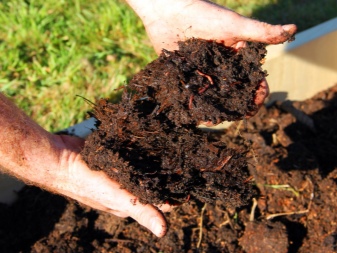
Folk recipes
Folk remedies are also used to process the site. They are time-tested and safe. Therefore, many gardeners pay attention to them.
Manure
If the pepper does not grow well, it can be sprinkled with mullein solution. This product is great for fertilizing vegetables. It should be used early in the development of the pepper. Treatment of plants promotes active growth and fruiting of plants. For the treatment of bushes, the product is mixed with water in a ratio of 1 to 10. The bushes are usually watered with a solution at the root.
You should not touch the leaves. This can cause burns. You can also feed the plants with chicken droppings. But you need to breed it already in a ratio of 1 to 20. Otherwise, it will only harm the young bushes. Before applying fertilizer, it is recommended to infuse it for a day. It is not worth feeding the plot with horse manure.
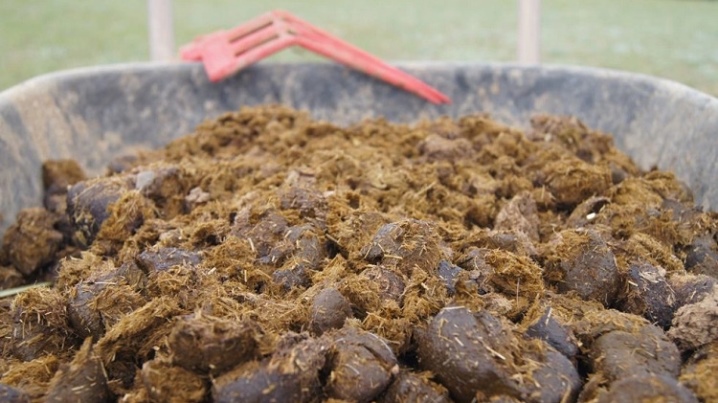
Wood ash
Wood ash is also considered an excellent fertilizer. To feed plants, you should use only a pure product. It saturates the soil with potassium and phosphorus. Usually this product is applied to the soil when planting plants in open ground. A small amount of dry ash is simply poured into each well. For fertilization of the site, ash left after burning branches and other waste in the fall is usually used.
The second time, the peppers are fed during the flowering and fruiting of plants. At this time, the plants are watered with an ash solution. It is prepared from 10 liters of hot water, as well as a glass of dry ash. Such processing helps to protect the bushes from many pests. Therefore, the plants remain healthy and pleasantly delight with their productivity.
Food residues
To treat the area with pepper, you can also use unnecessary food leftovers. They can be found in every home.
- Banana peel... This product is an excellent source of potassium. Plants are very fond of such top dressing. To fertilize the peppers, simply dry the product and then crush it into powder. The resulting product can be applied immediately to the soil.
- Eggshell... This is another popular product that can be used to feed both young and adult plants. For this purpose, you need to dry the shell of three eggs. The resulting product must be crushed. A weak solution is prepared from it. The dry powder is poured with three liters of water. Plants of any age can be watered with the resulting solution.
- Bread... Plants can be sprayed with a simple bread solution for the ovary. This allows you to strengthen the immunity of plants. To prepare a solution, just soak 1 kg of bread in a bucket of hot water. In this form, it must be left overnight. Before use, the liquid is filtered, then the bushes are watered.
- Welding... The tea leaves can be used to treat young bushes. To do this, pour a glass of tea leaves with three liters of water and leave in this form for 5-6 days. The strained product can be used for watering bushes.
You can feed peppers with food waste that grow not only in the open field, but also on a windowsill or in a greenhouse.
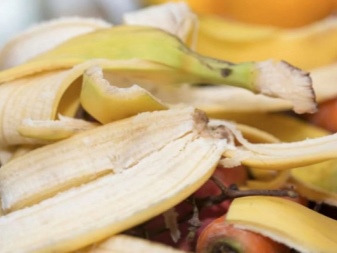
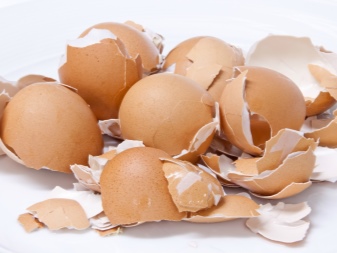
Iodine with milk
Another product that is often used to feed peppers is iodine. It is usually combined with milk. This procedure helps to significantly improve the taste and quality of food.... To water the plants in the garden, add 10 ml of iodine to a container with 10 liters of water, as well as a small amount of milk. Fresh whey can be used instead.
Nettle infusion
You can also feed the peppers in June or July with an infusion of nettle or other weeds. The greens must be chopped and placed in a barrel, filled with hot water. Such feeding allows you to speed up the process of plant growth. Strain the solution before use. After that, the product can be immediately used for watering young bushes.
Hydrogen peroxide
Both adult and young plants can be treated with this product. Hydrogen peroxide is best for treating bushes that have recently been transplanted to a new location.... To make it easier for plants to fight fungal diseases, this product, like potassium permanganate or soda, can also be processed seeds.
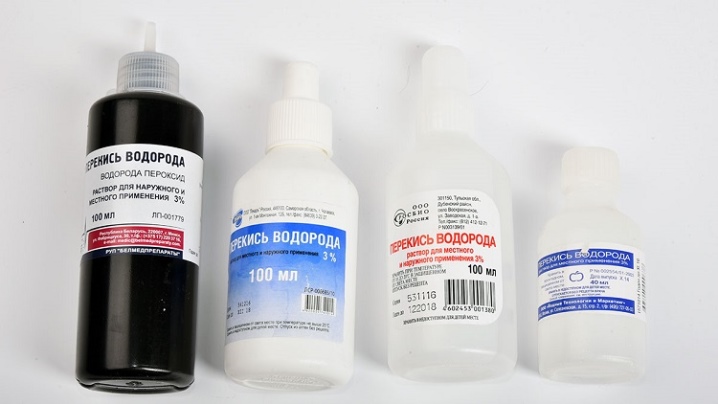
Yeast
The use of yeast will speed up the growth of the peppers. Such feeding is useful at all stages of plant development. To prepare the product, 200 grams of yeast must be diluted in a liter of warm water. In this form, the product should be left in a dark place for a day. After that, it can be diluted with water in a 1 to 5 ratio.
Raw yeast can be replaced with dry yeast. But for this, only 20 grams of the product is used. At the end, it is advisable to add another tablespoon of sugar to warm water. This will speed up the fermentation process of the product.
Sugar
Some gardeners use sugar to feed peppers and in its pure form. To accelerate the growth of young shoots, you can simply sprinkle them with granulated sugar. Watering the pepper with a sweet solution also has a good effect on the development of plants. For its preparation, 2 teaspoons of the product are diluted in a glass of water. Its contents are poured out under the root of the plant. Instead of sugar, you can also use substitutes. Such dressings are recommended to be carried out no more than once a season.
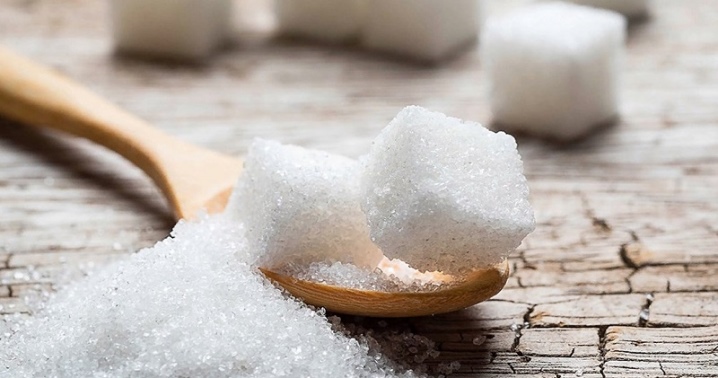
Coffee grounds
A product such as coffee grounds can also be used - it is recommended to process young seedlings with it. This dressing contributes to the accelerated growth of pepper, strengthening its root system. And also coffee grounds protect plants well from pests and diseases.
Boric acid
To protect plants from fungus, they can be treated with boron. The main thing is to do everything right. In a liter of water, you need to dilute 5 grams of the product. Then the solution must be cooled. The finished composition must be diluted with water. The volume of the solution must be brought to 10 liters. You can use it for processing 1-2 times per season. Both sweet and bitter peppers can be treated with this solution. Timely feeding of peppers can significantly increase the productivity of plants.














The comment was sent successfully.